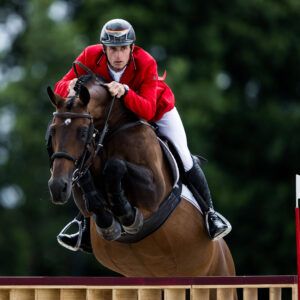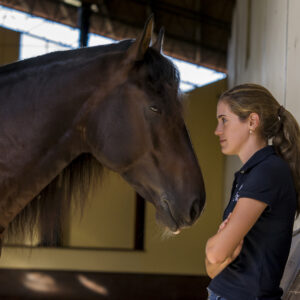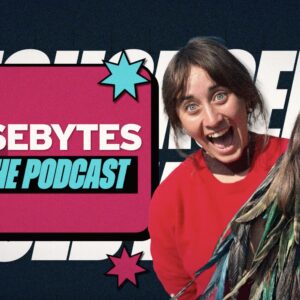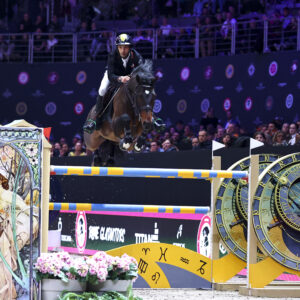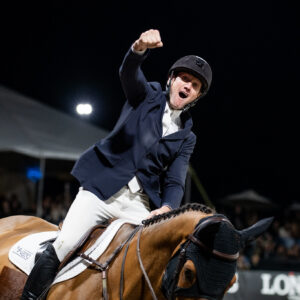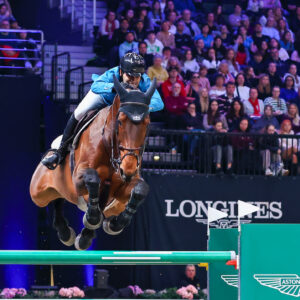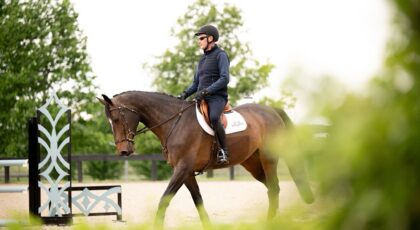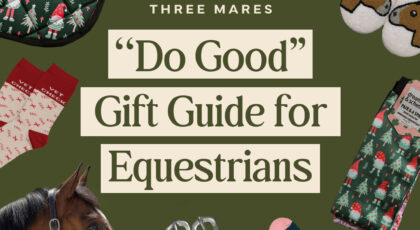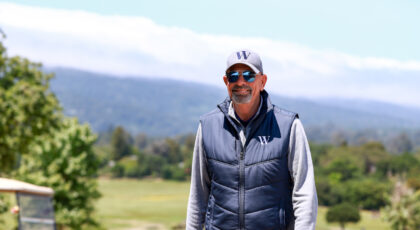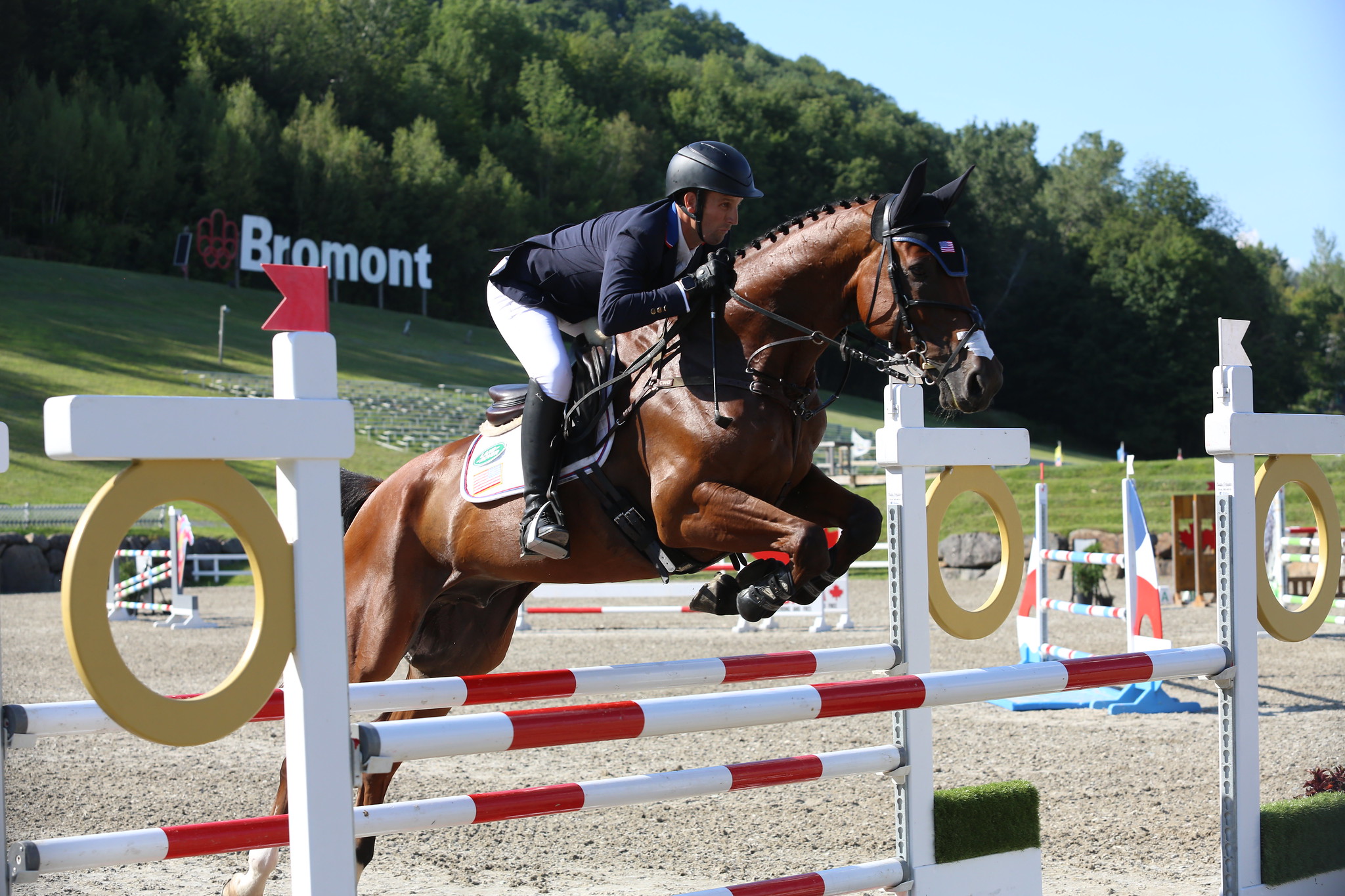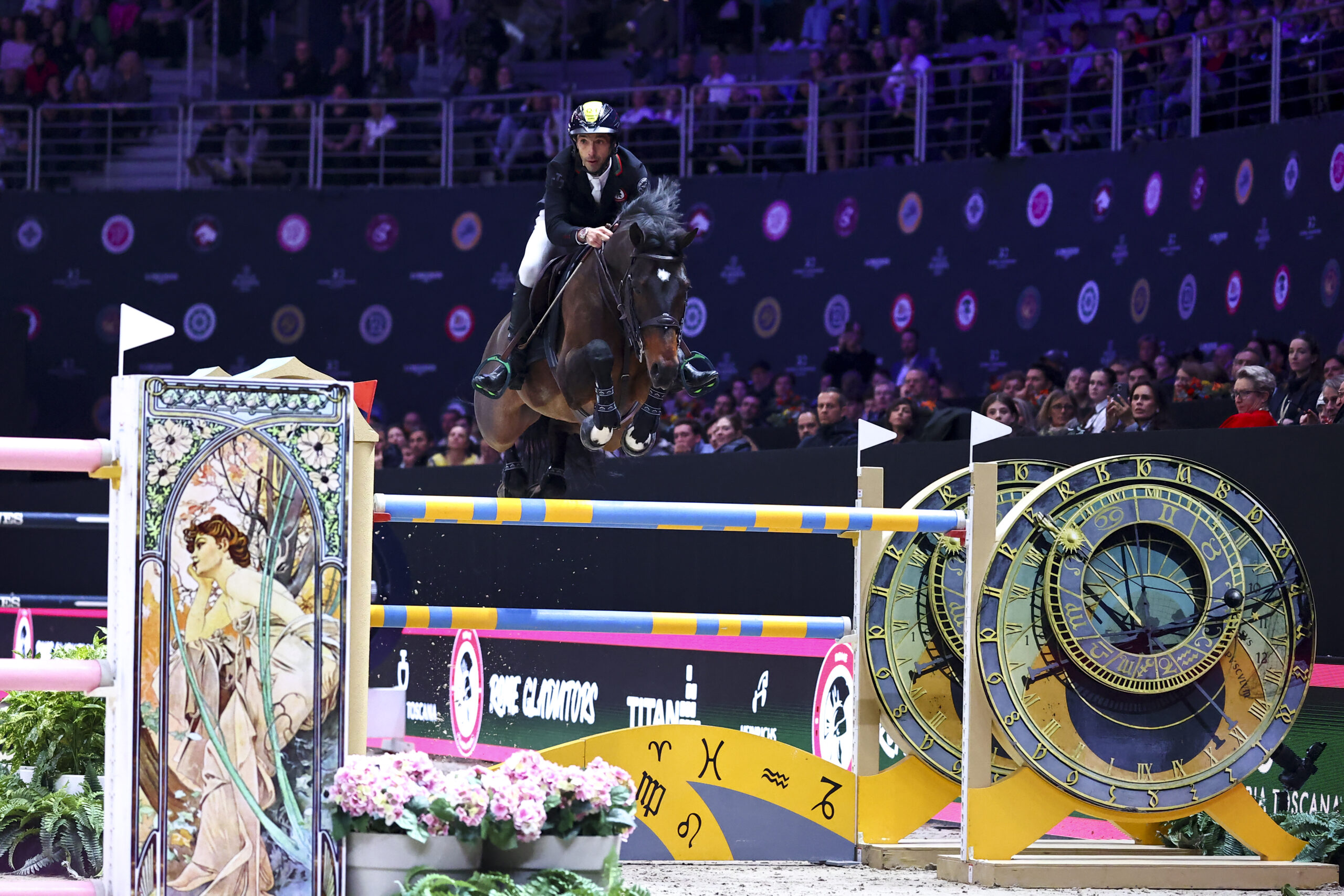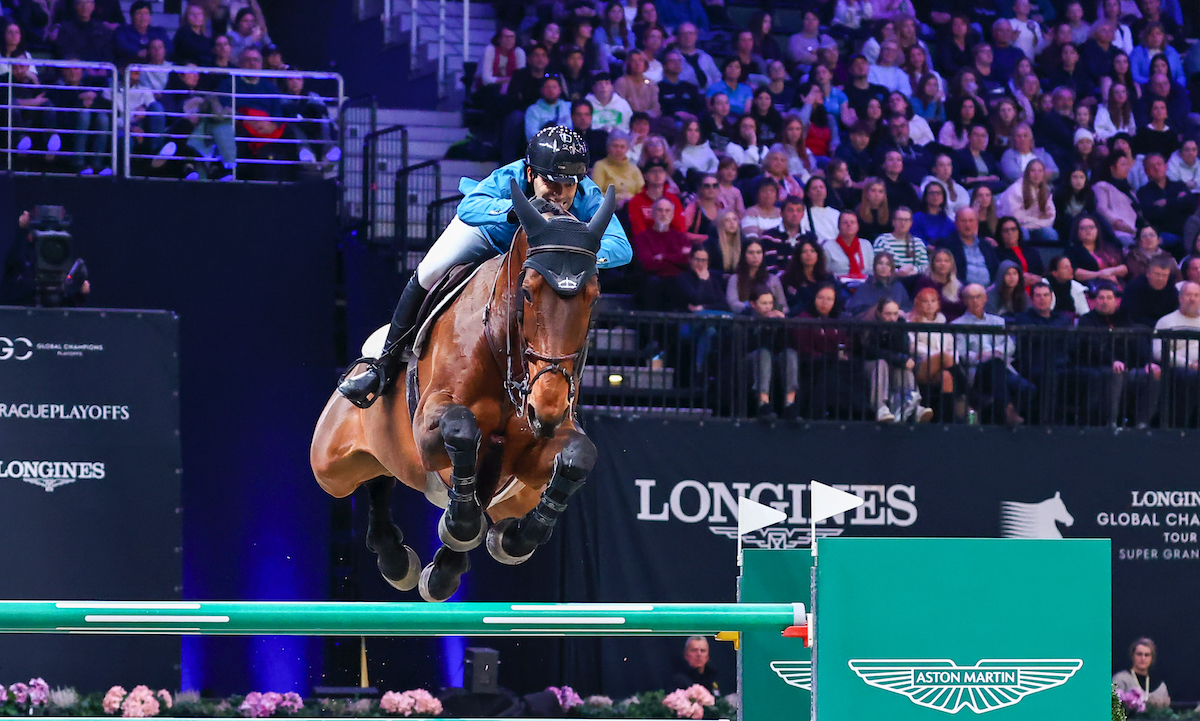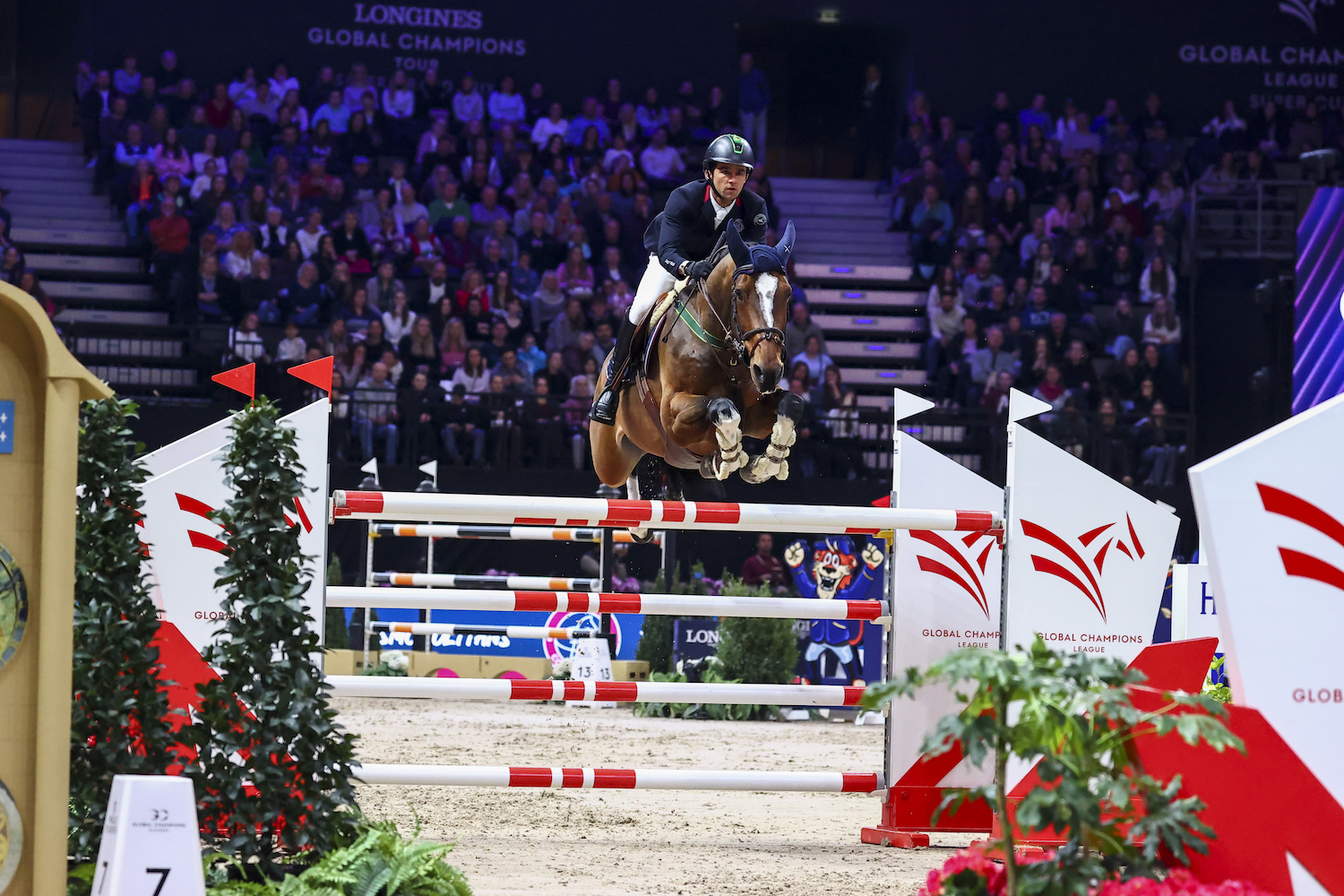Today’s title might perplex those who read this column regularly and know that for brain-based reasons I prefer to train by reward, but non-edible reward. The three treats refer not to the horse, but to me!
Every now and then, it’s a good idea to ask yourself what you get out of riding. It’s an expensive sport and a lot of hard work. It involves injuries and excessively dirty laundry. So why bother? Well, I could answer that question in a hundred ways… but my young warmblood True gives me three reasons every single day.
First, he always shows me something he’s learned.
It could be something I’ve taught him—like how to turn on his haunches on cue or allow the clippers near his bridle path. It could be something he’s taught himself—like, remember that article about his lock-picking skills all learned by observation of unwitting human role models?
Sometimes it’s big: “Watch me trot up to this crosspole, Mom, hop over and canter out!” Or very small: “Did you notice that I didn’t flinch when I saw that dog?” (I can almost hear all the horses thinking in unison: “That’s NOT a small thing!”)
We might suppose that True offers the daily Item-Learned Gift only because he’s young and in the early stages of his training where the learning curve is especially steep. But, as I explain in Horse Brain, Human Brain, all horses are learning machines! They’re super good at acquiring new skills, better in some ways than humans are. So your 25-year-old schoolmaster probably learns something every day too, and she’ll show you if you watch and listen.
Second, every day True gives me a challenge.
Giant challenges include face plants or hooves resting on top of human feet. More often, with a young horse, it’s an unexpected startle response, a trot that’s a bit too slow, or a lope that’s too fast. But there is always something True is not sure about. I can almost feel him asking me: “Hmm, what should I do here?” Or “Seriously. Another bicycle??”
I love that feeling. Not everybody does, of course. But if horse training is a labor of love for you, you know what I mean. The horse is communicating with us in her own way, asking for guidance. It feels like perfect cross-species communication once the two of you have developed a trusting bond as the root of your team.
My third daily treat is that True always does something cute.
It might not look cute to you—cuteness in young children and animals is definitely in the eye of the beholder, and horses are no exception. But when you spend time with the same horse every day, teaching her how to manage the foreign human world, her unexpected responses to life are adorable.
True likes to pull my hatstrings at the end of a long workout when I return him to his pasture. He slides his lips back and forth gently on one wrist, as if to see what happens. He looks at me with puppy dog eyes from across his big pasture and saunters forward wagging his low head gently back and forth.
Today, I invite you to watch and listen and feel for the treats your horse offers to you. They’re there! If they weren’t, you wouldn’t pull on those dirty boots, wince at your sore muscles, grimace at the balance in your checking account, and come back for more.
My daily treats are something learned, something challenging, and something cute. Yours will be different. But if you think about it, you’ll begin to notice some of the happinesses your horse gives you.
Only after gifts are noticed can we truly begin to appreciate them… and to appreciate the magnificent animals we are so fortunate to experience every day.
Related reading:
Brain-Based Horsemanship is a weekly column that chronicles Janet Jones, PhD, and her journey with True, a Dutch Warmblood she trained from age three using neuroscience best practices. Read more about brain-based training in Jones’ award winning book Horse Brain, Human Brain.
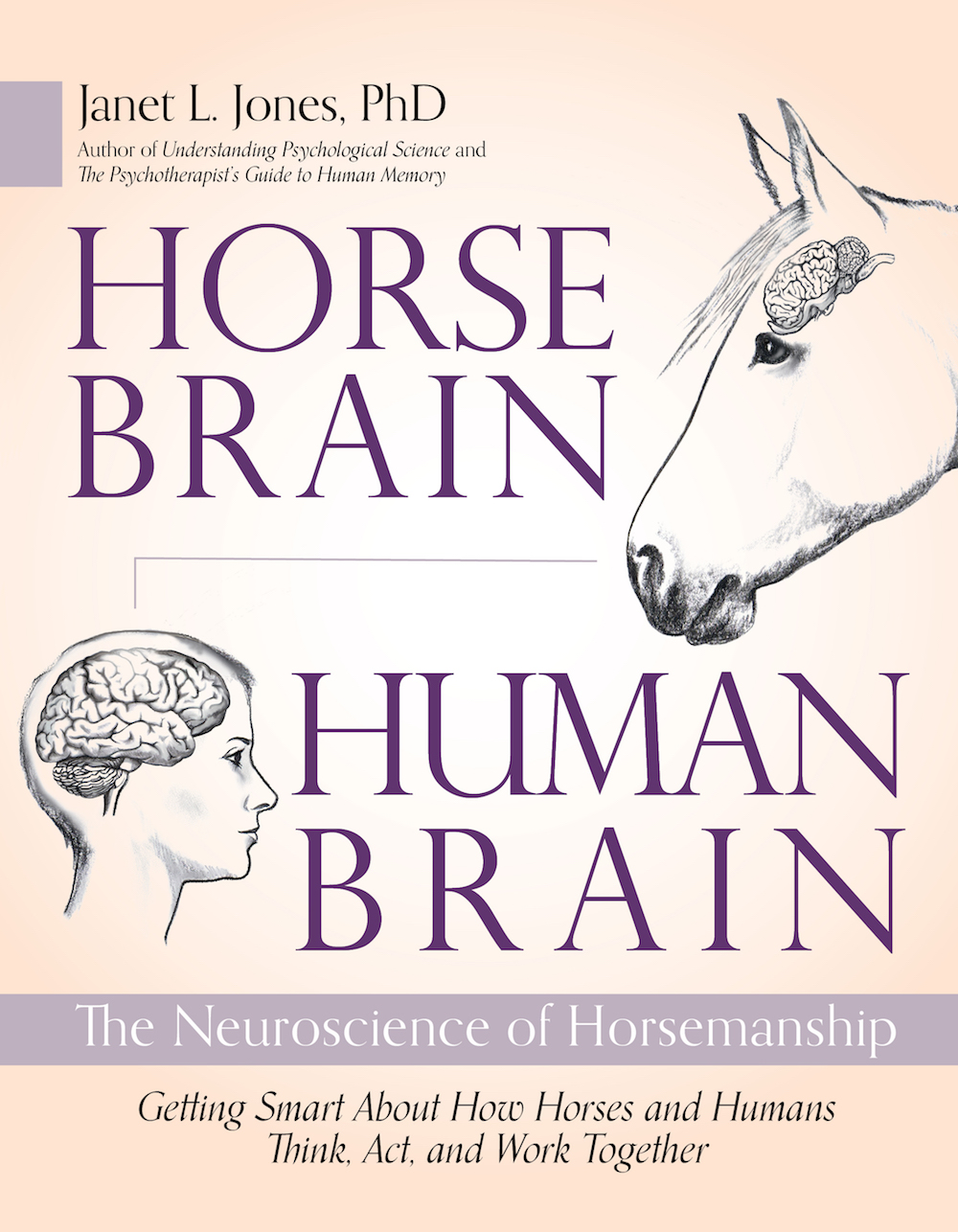
A version of this story originally appeared on janet-jones.com. It is reprinted here with permission.


 September 14, 2023
September 14, 2023 





